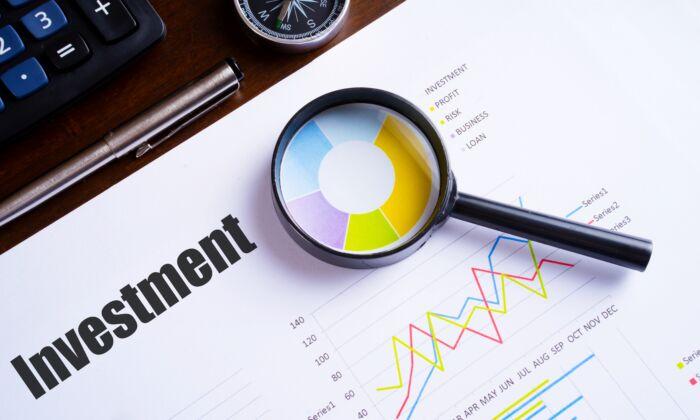By Nellie S. Huang
From Kiplinger’s Personal Finance
We get it: No one wants to read a fund prospectus, and few investors ever do.
“I can tell you precisely how many clients read the prospectus: zero,” says Lew Altfest, chief executive of Altfest Personal Wealth Management.
But reading a fund’s prospectus is an important step in making a good investment that’s right for you. The trick is to focus on specific bits of information about a fund that are listed in the prospectus. Here’s what to look for:
Typically just one sentence long, the fund’s objective is usually found at the beginning of the prospectus. Often, a fund’s aim is focused on either growth (capital appreciation) or income (capital preservation), or sometimes a combination of the two. That matters because it can be a clue to how much risk the fund takes.
Funds with a growth focus will likely invest in stocks, while income-focused funds might prioritize bonds that generate income. Other times, a fund may simply state that it tracks an index.
This section is where you’ll find the fund’s net expense ratio, the annual fee you pay as a percentage of the value of your investment.
A fund’s annual expense ratio, though, doesn’t mean much unless you know how it compares with the fees that similar funds charge. And depending on the type of fund, these fees can vary.
A comparable measure of peer expense ratios should be a part of every prospectus, but regulators do not require it. You can check a fund database, such as the one from investment research giant
Morningstar, to see how a particular fund’s fee compares with others in its category.
- Principal investment strategies
Arguably the most important part of the prospectus, this section lays out the kinds of assets or securities the fund purchases. You may see a description of other securities or assets the fund is allowed to hold. It pays to read this section in its entirety.
The language in this section is mostly boilerplate legalese.
Still, this section is worth a quick read. You might want to know, for instance, whether the fund you’re considering invests in leveraged or derivative products.
If you skip any section in the prospectus, make it this one. That’s because these performance numbers will be out of date by the time you see them.
Find more up-to-date performance data from
Morningstar or
Yahoo Finance. Those websites also allow you to compare returns with those of either a broad benchmark or a category group (or both).
This section will state clearly how long the current manager or managers have been running the portfolio. You don’t want to select a fund for, say, its five—or 10-year return if the manager or managers haven’t been around for the entire period.
Finally, if reading the prospectus still seems onerous to you, try the fund’s fact sheet instead. This one-page document is updated more frequently than the prospectus, and it includes some of the important prospectus info we highlight here—albeit in a super-abbreviated way.
(Nellie S. Huang is senior associate editor at Kiplinger’s Personal Finance magazine. For more on this and similar money topics, visit Kiplinger.com.)
©2023 The Kiplinger Washington Editors, Inc. Distributed by Tribune Content Agency, LLC.
The Epoch Times Copyright © 2022 The views and opinions expressed are those of the authors. They are meant for general informational purposes only and should not be construed or interpreted as a recommendation or solicitation. The Epoch Times does not provide investment, tax, legal, financial planning, estate planning, or any other personal finance advice. The Epoch Times holds no liability for the accuracy or timeliness of the information provided.






